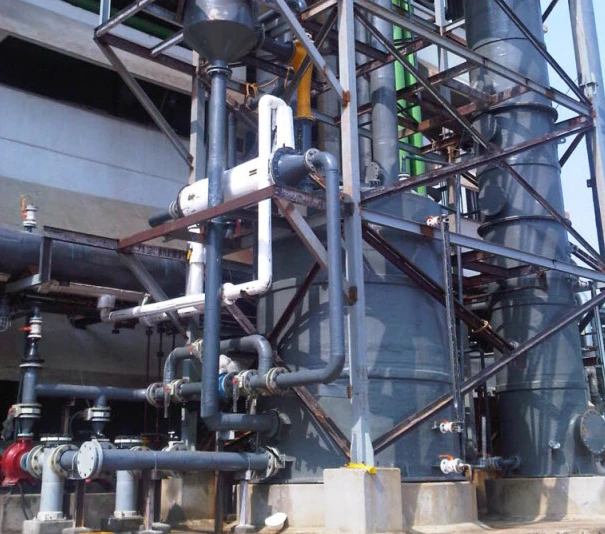Italian
- Afrikaans
- Albanian
- Amharic
- Arabic
- Armenian
- Azerbaijani
- Basque
- Belarusian
- Bengali
- Bosnian
- Bulgarian
- Catalan
- Cebuano
- Corsican
- Croatian
- Czech
- Danish
- Dutch
- English
- Esperanto
- Estonian
- Finnish
- French
- Frisian
- Galician
- Georgian
- German
- Greek
- Gujarati
- Haitian Creole
- hausa
- hawaiian
- Hebrew
- Hindi
- Miao
- Hungarian
- Icelandic
- igbo
- Indonesian
- irish
- Italian
- Japanese
- Javanese
- Kannada
- kazakh
- Khmer
- Rwandese
- Korean
- Kurdish
- Kyrgyz
- Lao
- Latin
- Latvian
- Lithuanian
- Luxembourgish
- Macedonian
- Malgashi
- Malay
- Malayalam
- Maltese
- Maori
- Marathi
- Mongolian
- Myanmar
- Nepali
- Norwegian
- Norwegian
- Occitan
- Pashto
- Persian
- Polish
- Portuguese
- Punjabi
- Romanian
- Russian
- Samoan
- Scottish Gaelic
- Serbian
- Sesotho
- Shona
- Sindhi
- Sinhala
- Slovak
- Slovenian
- Somali
- Spanish
- Sundanese
- Swahili
- Swedish
- Tagalog
- Tajik
- Tamil
- Tatar
- Telugu
- Thai
- Turkish
- Turkmen
- Ukrainian
- Urdu
- Uighur
- Uzbek
- Vietnamese
- Welsh
- Bantu
- Yiddish
- Yoruba
- Zulu
Telephone: +86 13120555503
Email: frank@cypump.com
Ott . 03, 2024 10:48 Back to list
sewer ejector pump
Understanding Sewer Ejector Pumps An Essential Component of Wastewater Management
Sewer ejector pumps play a crucial role in modern wastewater management systems, particularly in residential and commercial buildings situated below the municipal sewer line. These specialized pumps are designed to transport wastewater from lower elevations to higher ground, ensuring a smooth and efficient flow of sewage into the municipal sewer system. This article delves into the function, importance, and installation considerations of sewer ejector pumps.
What is a Sewer Ejector Pump?
A sewer ejector pump is a type of submersible pump used primarily when the natural flow of wastewater must be overcome, typically due to gravity constraints. When a structure's plumbing is located below the level of the sewer pipe, an ejector pump is necessary to lift the sewage waste up into the sewer line. This pump uses a combination of motor-driven impellers and a macerating system, which breaks down solid waste into a slurry, facilitating easier movement through the piping system.
The Importance of Ejector Pumps
The primary function of a sewer ejector pump is to prevent sewage backflow, which can lead to unpleasant and hazardous conditions within a home or building
. By efficiently moving waste material away from low-lying areas, ejector pumps help to maintain sanitary conditions and protect public health. Additionally, they contribute significantly to the overall maintenance of municipal sewer systems by reducing the risk of blockages and overflows.Ejector pumps are particularly beneficial in homes with basements, which often contain bathrooms, laundry rooms, and utility sinks. Without the assistance of these pumps, wastewater from such fixtures would be unable to flow to the main sewer line, resulting in frustrating and potentially dangerous situations.
Key Installation Considerations
sewer ejector pump

When contemplating the installation of a sewer ejector pump, several factors must be considered
1. Sizing and Capacity It is crucial to select a pump with the appropriate capacity to handle the expected volume of wastewater. Pumps are rated based on their horsepower and flow rates, so homeowners should consult with professionals to ensure proper sizing.
2. Type of Pump There are various types of sewer ejector pumps available, including those designed for residential use and more robust models suitable for commercial applications. Understanding the specific needs of the application will aid in making the right choice.
3. Location of Installation The placement of the ejector pump must be carefully planned to ensure efficient operation. It should be installed in a pit that is deep enough to hold the wastewater and allow the pump to perform its function effectively.
4. Maintenance Requirements Like any mechanical system, sewer ejector pumps require regular maintenance to ensure they operate efficiently over time. Homeowners should keep an eye on the system for any signs of wear or blockage and consult with professionals for routine inspections.
Conclusion
In summary, sewer ejector pumps are essential components of plumbing systems in properties situated below the municipal sewer line. By understanding their function and significance, property owners can make informed decisions about installation and maintenance, ensuring their sewage management systems operate effectively and safely. As urbanization continues to grow, the importance of these pumps in maintaining public health and sanitation cannot be overstated.
-
Horizontal Split Case Pump with GPT-4 Turbo | High Efficiency
NewsAug.01,2025
-
ISG Series Pipeline Pump - Chi Yuan Pumps | High Efficiency, Durable Design
NewsAug.01,2025
-
Advanced Flue Gas Desulfurization Pump with GPT-4 Turbo | Durable & Efficient
NewsJul.31,2025
-
ISG Series Vertical Pipeline Pump - Chi Yuan Pumps | Advanced Hydraulic Design&Durable Construction
NewsJul.31,2025
-
ISG Series Vertical Pipeline Pump - Chi Yuan Pumps | Energy Efficient & Low Noise
NewsJul.31,2025
-
pipeline pump - Chi Yuan Pumps Co., LTD.|High Efficiency&Low Noise
NewsJul.31,2025










